The Wrack
The Wrack is the Wells Reserve blog, our collective logbook on the web.
The Wrack is the Wells Reserve blog, our collective logbook on the web.
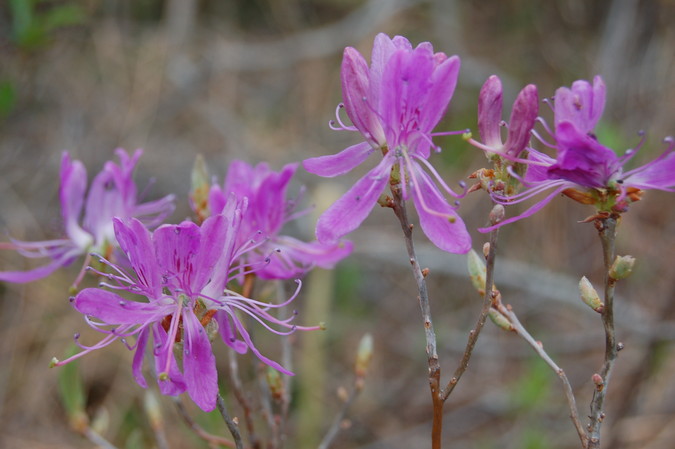 I have volunteered at environmental centers for most of my life at this point and have heard just about everything when it comes to people's impressions of a site. Most of my background is in Florida, so I've heard "It's too hot" more times than I can count. However, the most popular question by far is some variation on "Where is everything? We didn't see anything!"
I have volunteered at environmental centers for most of my life at this point and have heard just about everything when it comes to people's impressions of a site. Most of my background is in Florida, so I've heard "It's too hot" more times than I can count. However, the most popular question by far is some variation on "Where is everything? We didn't see anything!"
Now there are only two situations in which I will believe somebody who says they didn't see anything:
Otherwise, they probably saw lots of things — but just didn't notice them. Here at the Wells Reserve, there is always something to discover, even if it isn't always apparent. We are well into wildflower season right now, which means there is plenty to see!
A quick walk down the Cart Path towards the Laird-Norton Trail leads you along a beautiful field which is currently full of blooming wildflowers. If you look carefully, you'll sometimes witness a battle for survival. Just last week, I snapped this picture of a crab spider consuming its dinner — an unfortunate honeybee who did not pay close enough attention to the flower it chose to pollinate.
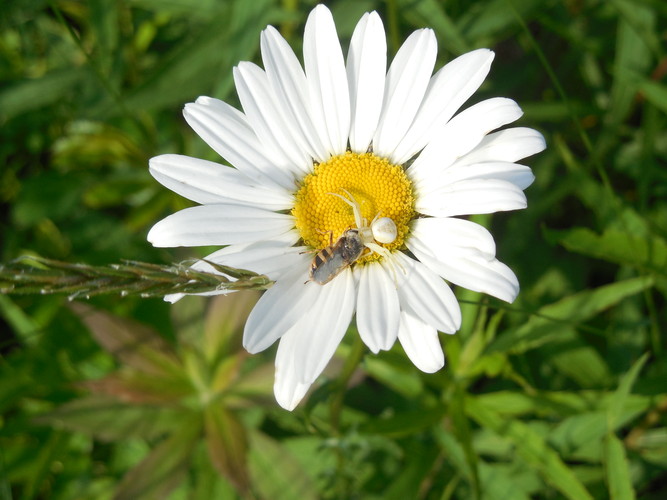
As you enter the Laird Norton Trail, you may discover a friendly yellow slug crossing the boardwalk. A word of caution: they do not enjoy being handled, so it's best, as with all wildlife, to just admire them without trying to touch them.

Further along the Laird-Norton Trail, you may spot a plant that looks a little different from the surrounding skunk cabbage. It might be a Jack-in-the-Pulpit, with its three leaves and distinctive cone-shaped flower with a lid on it. It uses its smell to attract flies to its flowers for pollination.
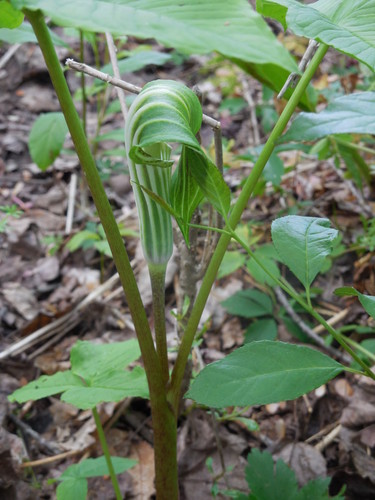
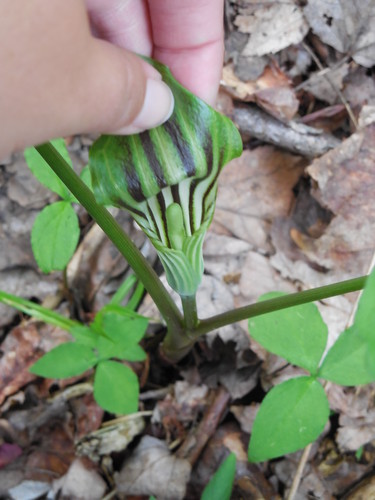
Another favorite of mine is fungus. Fungi include a wide variety of species that play a critical role in decomposition. While the fungi you may spot along the trail are huge, they don't come close to competing with the largest single living organism on earth — which, by the way, is a fungus! It occupies an area equivalent to 1,665 football fields in the Blue Mountains of Oregon. Like an iceberg, there is far more to a fungus than is visible. Fungi have fibrous extensions called hyphae which fill in empty spaces in decomposing material and break it down, absorbing vital nutrients. Fungi can be found almost anywhere at the Wells Reserve, but are especially visible along the Laird-Norton, Farley, and Saw-Whet trails.
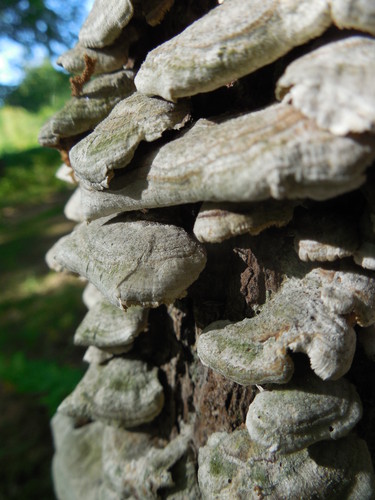
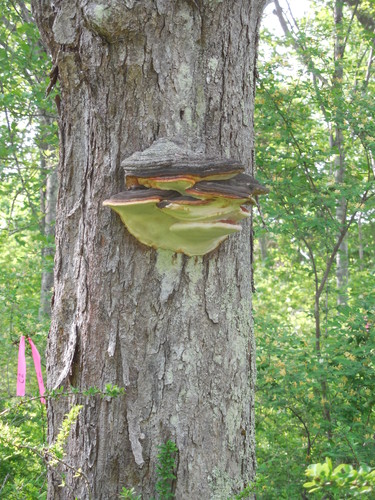
Some of my personal spring and summer favorites are spittlebugs. At first glance, you may think a person with very poor manners and a lot of excess saliva was spitting all over the trails. However, these white globs are actually home to a developing leaf hopper. These small insects bite the plant to irritate it until it releases some of its fluids. The spittlebug then fills the fluid with air bubbles until it has created a cozy, slimy, moist home for itself.
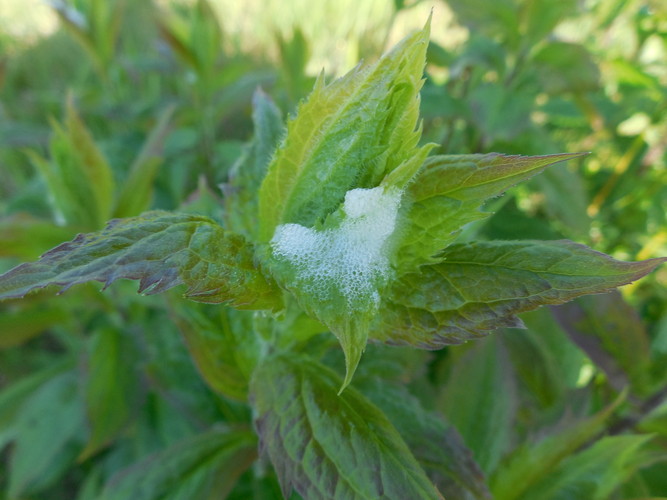
Alongside spittlebugs, you may also find blooming devil's paintbrush, also known as orange hawkweed. What looks like a single flower is actually dozens of tiny flowers arranged into one head to attract pollinators. These beautiful flowers are in the sunflower family and are a favorite food source for crescent butterflies.
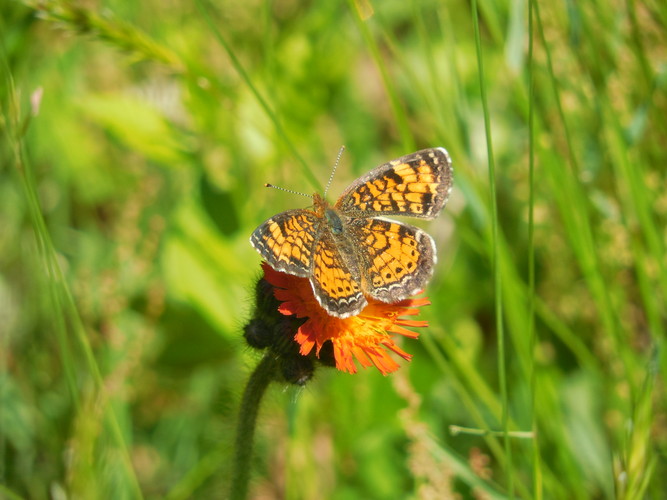
The incredible thing about places as diverse as the Wells Reserve is that there is always something to see — you just have to look a little harder. We're only human, and we have a tendency to only see what we want to see. If you are seeing nothing, maybe you are just looking for something that is too specific. So the next time you feel like you are seeing nothing as you walk the trails, try slowing down and looking closer. You might be surprised by the little things that you missed.